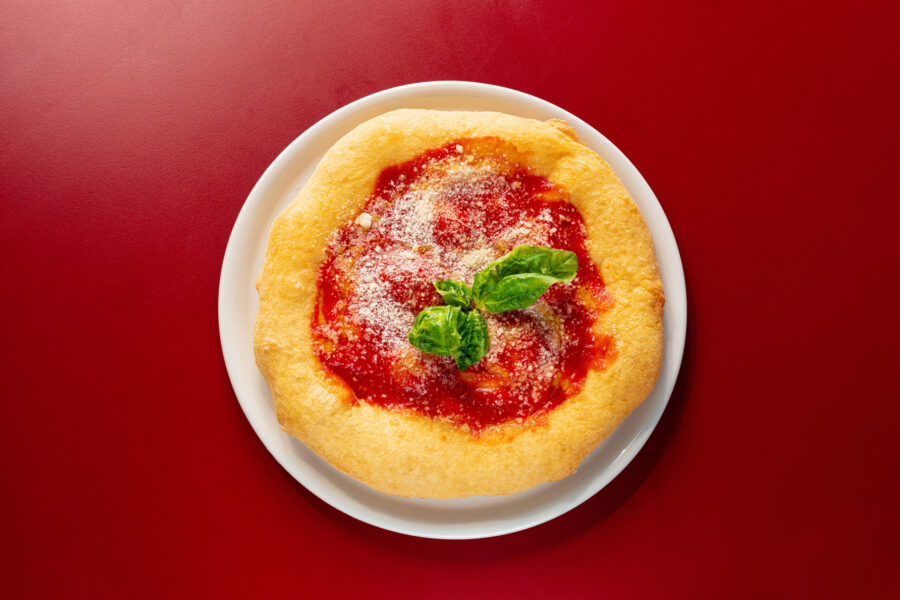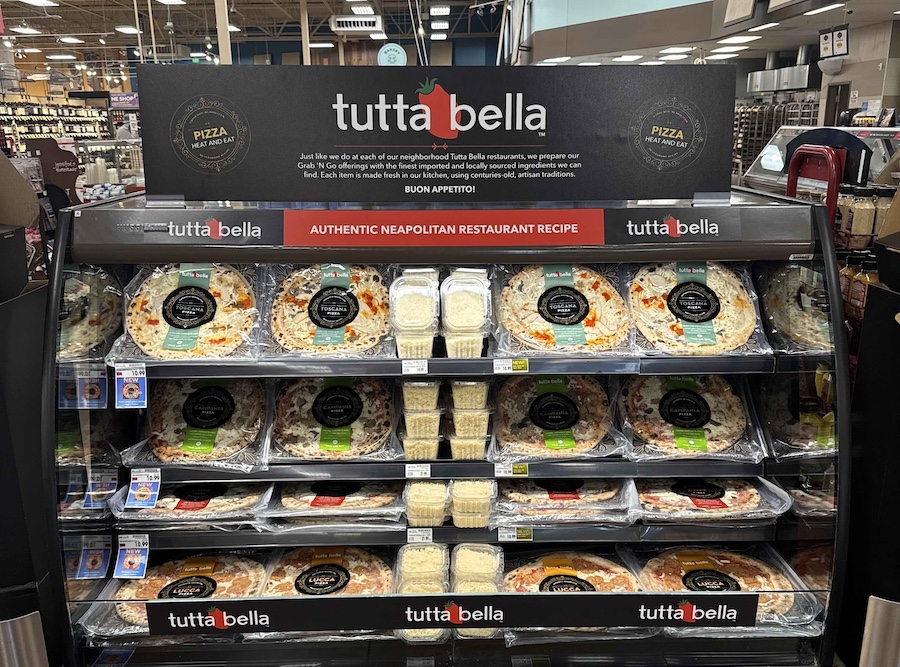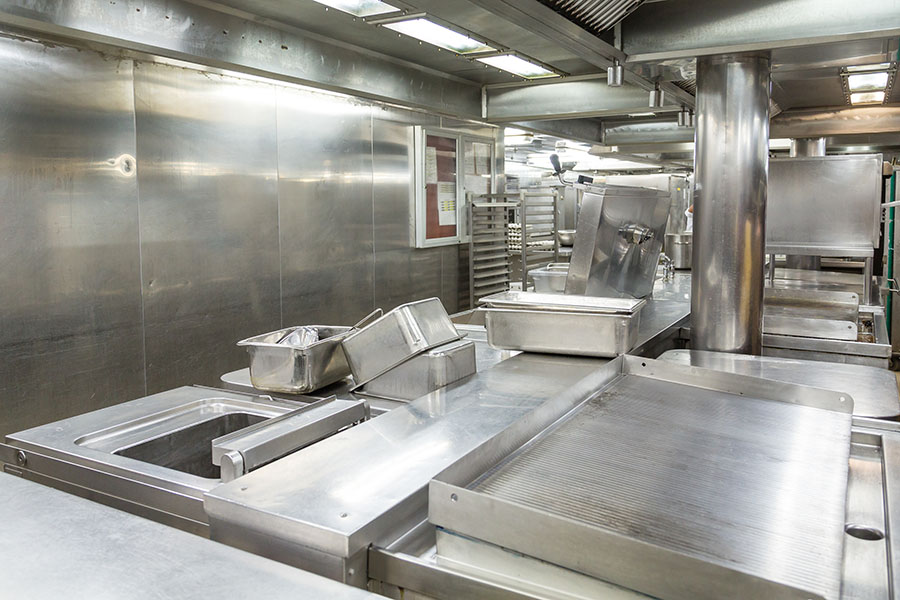 If we do a time machine scenario and zip back to May of 1889, we find Queen Margherita and her husband, King Umberto I, being served pizza at the palazzo in Naples where they were staying. The king and queen had heard about the famous pizzas of Naples, so naturally they wanted to try them. The pizzaiolo chosen to make the pizzas for the King and Queen was Raffaele Esposito. He was accompanied by his wife, Donna Rosa. They brought enough ingredients to make three kinds of pizza, and after sampling all three Queen Margherita selected as her favorite the pizza made with tomatoes, mozzarella and fresh basil. And so, to this day, pizza Margherita is one of the most popular pizzas sold in this country as well as in Italy.
If we do a time machine scenario and zip back to May of 1889, we find Queen Margherita and her husband, King Umberto I, being served pizza at the palazzo in Naples where they were staying. The king and queen had heard about the famous pizzas of Naples, so naturally they wanted to try them. The pizzaiolo chosen to make the pizzas for the King and Queen was Raffaele Esposito. He was accompanied by his wife, Donna Rosa. They brought enough ingredients to make three kinds of pizza, and after sampling all three Queen Margherita selected as her favorite the pizza made with tomatoes, mozzarella and fresh basil. And so, to this day, pizza Margherita is one of the most popular pizzas sold in this country as well as in Italy.
The cheese used on that pizza was undoubtedly fresh mozzarella made from the milk of the water buffalo. Buffalo milk has about 9 percent butterfat, which accounts for its incomparably rich flavor (cow’s milk runs about 3.5 percent butterfat).
There is nothing that quite approaches the lush, rich flavor of buffalo milk mozzarella. That’s the good news. The bad news is that it is very expensive, hard to come by, has a short shelf life (in fact, it is at peak flavor when eaten within 24 hours of being made), and does not melt that well on pizza. And, of course, considering the source, no one in this country makes a true buffalo milk mozzarella.
When it comes to fresh mozzarella, cow’s milk mozzarella, known as fi or di latte, is perfect for pizza. Since it is a pasta fi lata cheese, it melts beautifully, has good fl avor and is readily available. Fior di latte, however, goes beyond use as a pizza cheese. It has practical application in appetizers such as insalata Caprese and bruschetta. A variety of shapes (ovolini, bocconcini, logs, etc.) allows for wide usage on antipasto platters. And it is sublime when put together with a fresh tomato sauce, fresh basil and pasta.
The name comes from the verb mozzare. “Mozzare” means “to lop off,” and the process of working the curd, cutting or breaking a small piece of the curd from a larger one, is one of the key steps in the process of making fresh mozzarella.
At this point, I would encourage you most emphatically to try making your own fresh mozzarella. It is quite easy once you get the hang of it. And in the same breath, I would encourage you not to try to make your own curds (unless, that is, you have a cow and a book on the art of cheese-making).
My point is this: If you wish to make your own fresh mozzarella, buy the curd (the solid mass that results when milk and certain enzymes are heated together). Fresh mozzarella curd is readily available from most cheese manufacturers and distributors.
Fresh mozzarella curd comes in various weights and is vacuum packed. It needs to be refrigerated at all times, and has a shelf life of about three weeks.
THE PROCESS
1. Slice the curd into cubes that are similar in size. Place the cubes in a large stainless steel bowl. Cover the curd with hot water from the faucet. Let sit for 3-4 minutes. Drain the water.
2. Heat water to 140-150 F. Pour the hot water around the sides of the bowl, not on the cheese, to avoid scalding the cheese. Keep adding water until the curds are completely covered.
3. Using a wooden or metal paddle, stir the curds gently for about fi ve minutes, to separate and allow the water to absorb.
4. Let curds rest for 2-3 minutes. Discard about 2/3 of the water. Repeat step number 2. The basic idea here is that you are “melting” the curd.
5. Push the curds together with a paddle or fl at spoon. Insert the paddle under the curd. Stretch the curd over the paddle, working a small section at a time, until the texture is smooth.
6. Stretch the curd, pulling it into a long rope. If the rope begins to tear, stop stretching it and return it briefly to the hot water, so that is softens and becomes pliable again. Repeat the stretching process until the cheese is satiny smooth and slightly elastic. Tear off pieces of the cheese and shape into desired sizes (balls and logs being the most common).
7. Put the cheese into ice cold water (or a brine solution of salt and water) for 15- 20 minutes to set the shape.
NOTE: To extend the shelf life of the fresh mozzarella, keep it covered in a light brine (water and salt) solution and refrigerated at all times. 09.09.09
Fresh Ricotta
Making fresh ricotta is as easy as boiling milk –– literally. Give it a try. Think about the edge over your competition by stating on your menu that “Our ricotta is made in house.”
2 quarts whole milk
1 cup heavy cream
2 tablespoons fresh lemon juice (or distilled white vinegar)
Put the milk and the cream in a large stainless steel saucepan. Bring to a full boil. Remove from heat and add the lemon juice. Stir gently until the mixture has separated into thick curds. Set a large sieve in a deep bowl. Line the sieve with fine-mesh cheesecloth. Pour the curds and liquid (the whey) into the cheesecloth and let it drain for 15-20 minutes. Scrape the ricotta into a bowl. Cover and refrigerate until ready to use.
Pizza Margherita
This is one method I use to make a pizza Margherita using fresh mozzarella and fresh plum or Roma tomatoes.
Dice the mozzarella (it melts more evenly). Dice the tomatoes and add to the bowl with the mozzarella. Add enough olive oil to moisten to give it a thin coat (not too much oil or the pizza will come out too greasy).
Add chopped fresh basil and toss again to combine. Spread the mixture evenly over the pizza crust. Bake.
Marinated Mozzarella
This is a good recipe when using mozzarella as part of an antipasto platter. Arrange the mozzarella with roasted red bell peppers and prosciutto.
1 pound fresh mozzarella, sliced
1 tablespoon finely chopped parsley
2 tablespoons torn fresh basil leaves
½ cup extra-virgin olive oil
2 teaspoons fresh lemon juice
Put the fresh mozzarella in a stainless steel or nonreactive bowl. Add the remaining ingredients. Toss gently to combine the flavors. Serve at once or chill slightly.






